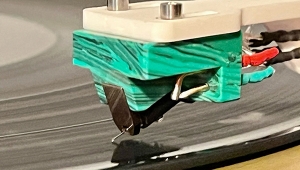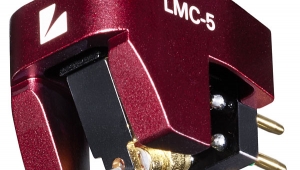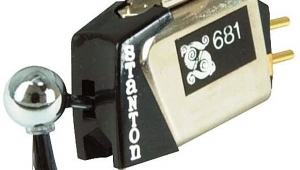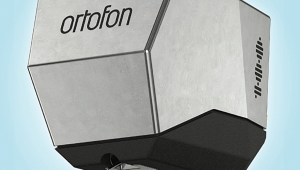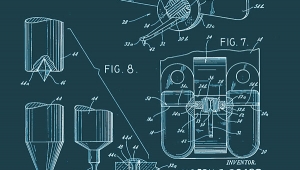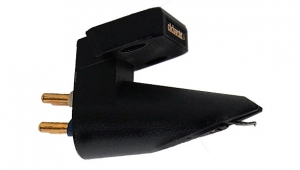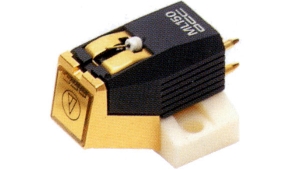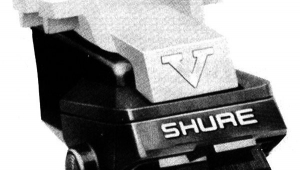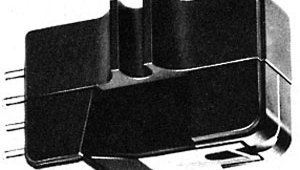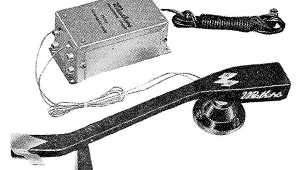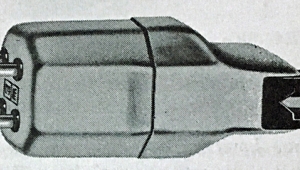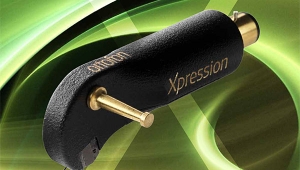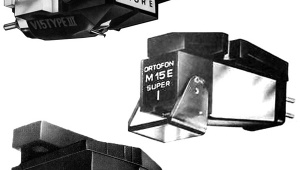| Columns Retired Columns & Blogs |
Linn Troika MC phono cartridge Measurements
Sidebar 2: Measurements
Output is about normal for a low-output 'coil (around 0.2mV at 5cm/s), and the tubed SP-10 had no noise problems. With the downforce set at 1.7gm, the Troika just failed the 70µm lateral modulation cut on the Ortofon Test Record at 78°F (it was a hot day); with the downforce increased to 1.8gm, it managed to clear the 70µm cut, but 2.1gm was needed for the maximum 80µm cut. It cleared the 50µm vertical cut at 1.7gm downforce. While not quite as surefooted as the Shure V15 V MR (others report that the Troika is less secure at lower temperatures), this is pretty good tracking for a moving-coil design.
Channel balance at 1kHz was spot on at around 0.05dB difference, while crosstalk was both superbly low and symmetrical, measuring -34dB at 1kHz, left-on-right, and -35dB, right-on-left. Obviously, the motor geometry is very well-aligned, both with the stylus orientation and the groove (as should be expected at this price level). The cartridge designers' ability to optimize the compliance for a dedicated tonearm design was shown by the positioning of LF tonearm resonance: ideally placed laterally around 10Hz in the Ittok, and vertically a little lower, around 9Hz, both with only a moderate Q and a moderate amplitude rise. The measured frequency response, using the third-octave noise bands on Denon XL-7007, showed the ubiquitous upper-midrange depression to be 2–3dB or so deep, with a 2dB rise at 20kHz.—John Atkinson
- Log in or register to post comments
